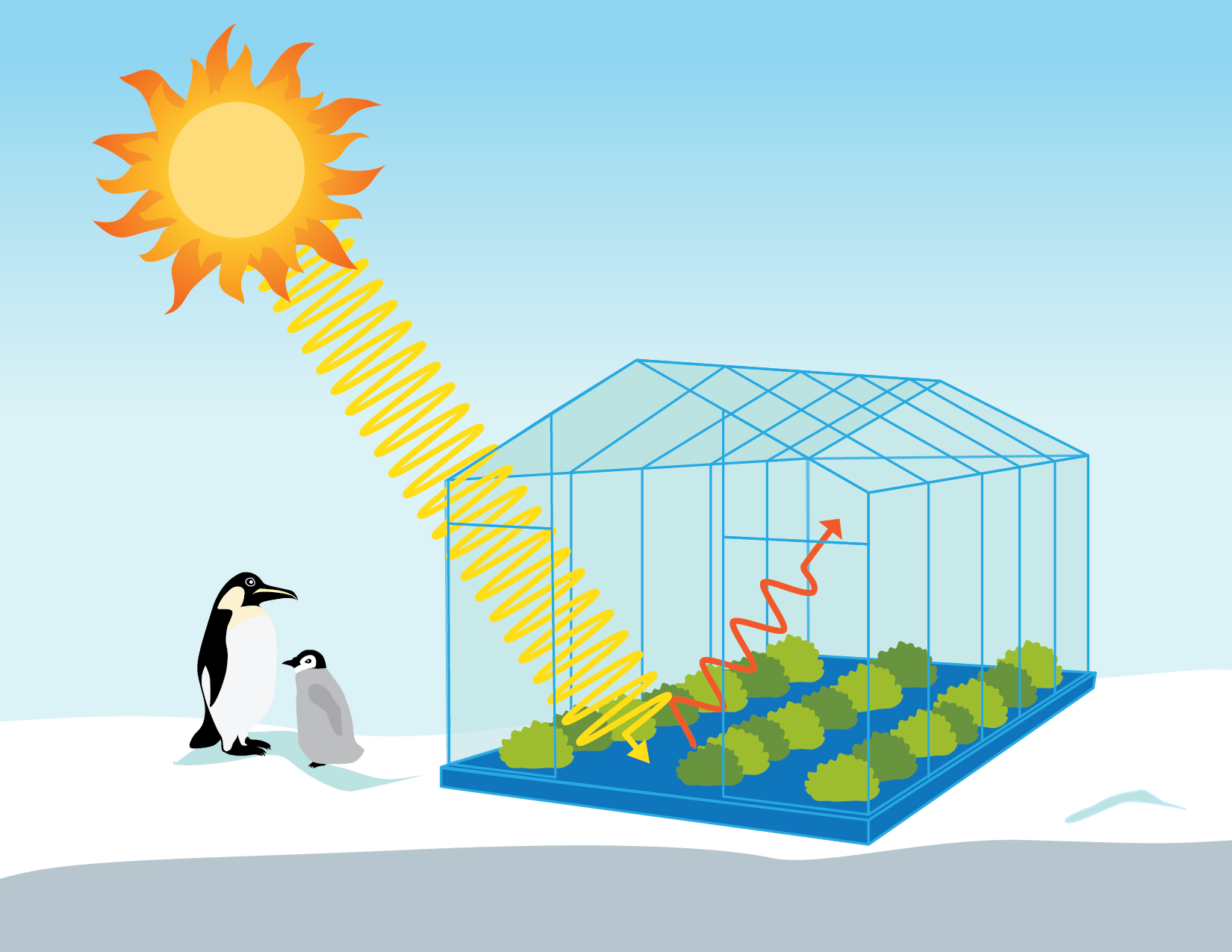Climate change and global warming are complex issues, but understanding the basic principles behind them is crucial for everyone. This article introduces a captivating and easy-to-do experiment – the Greenhouse Effect in a Jar. Through this experiment, you'll gain a hands-on understanding of the fundamental concept that drives global warming: the greenhouse effect.
The Greenhouse Effect: The Invisible Blanket
The Earth's atmosphere acts like a giant blanket, allowing sunlight to pass through and reach the surface, warming the planet. However, some of the heat radiating back from the warmed Earth's surface is trapped by certain gases in the atmosphere. This trapping mechanism is called the greenhouse effect. These heat-trapping gases, primarily water vapor and carbon dioxide, act like the glass walls of a greenhouse, allowing sunlight in but hindering some of the heat from escaping.
The Experiment: Building Your Own Mini-Greenhouse
The Greenhouse Effect in a Jar is a simple experiment that demonstrates the principles behind global warming in a miniature, observable way. Here's what you'll need:
- Two clear jars (same size and shape)
- Two thermometers
- Black construction paper (optional)
- Masking tape
- Sunlight (direct sunlight is ideal, but indirect sunlight can also work)
Setting Up the Experiment:
- Prepare the jars: Label one jar "Control" and the other "Experimental." You can cover one jar (Experimental) with black construction paper to simulate increased heat absorption, representing the potential impact of human activities.
- Place the thermometers: Secure a thermometer inside each jar, ensuring the bulb (the silver part) is positioned in the center and towards the middle of the jar's height.
- Seal the jars: Tightly seal both jars with lids or masking tape.
Conducting the Experiment:
- Place the jars in sunlight: Position both jars side-by-side in a location with direct sunlight exposure. If direct sunlight is unavailable, a brightly lit area will work, but the temperature increase might be less pronounced.
- Record initial temperatures: After placing the jars in sunlight, record the initial temperature readings on both thermometers.
- Monitor and record: Every 5-10 minutes, record the temperature readings from both thermometers. Continue this process for at least 30 minutes, or longer if desired.
Expected Results:
The temperature inside the "Experimental" jar (with or without black paper) is expected to rise faster and reach a higher temperature compared to the "Control" jar. This signifies the trapping of heat within the "Experimental" jar, mimicking the greenhouse effect. The black paper, if used, further absorbs heat, accelerating the temperature increase within the jar.
The temperature difference between the jars represents the essence of the greenhouse effect. The trapped heat within the "Experimental" jar mirrors how certain gases in the Earth's atmosphere trap heat radiating from the warmed surface. The experiment, though simplified, provides a tangible illustration of this crucial concept.
The real-world scenario of global warming is far more complex. However, the Greenhouse Effect in a Jar experiment offers a valuable takeaway: increased concentrations of heat-trapping gases in the atmosphere can lead to a gradual rise in global temperatures.
Human activities like burning fossil fuels release significant amounts of carbon dioxide, a potent greenhouse gas. The increase in these gases strengthens the greenhouse effect, potentially leading to long-term changes in global climate patterns, rising sea levels, and extreme weather events.
Understanding the greenhouse effect is the first step towards addressing the challenges of global warming. Here are some ways you can contribute:
- Reduce your carbon footprint: Simple actions like using public transportation, conserving energy at home, and choosing energy-efficient appliances can make a difference.
- Support renewable energy sources: Advocate for policies and practices that promote renewable energy sources like solar and wind power.
- Spread awareness: Educate others about the importance of addressing climate change and the simple steps individuals can take.
The Greenhouse Effect in a Jar experiment is a powerful tool for understanding the fundamental science behind global warming.
Tags:
Science

